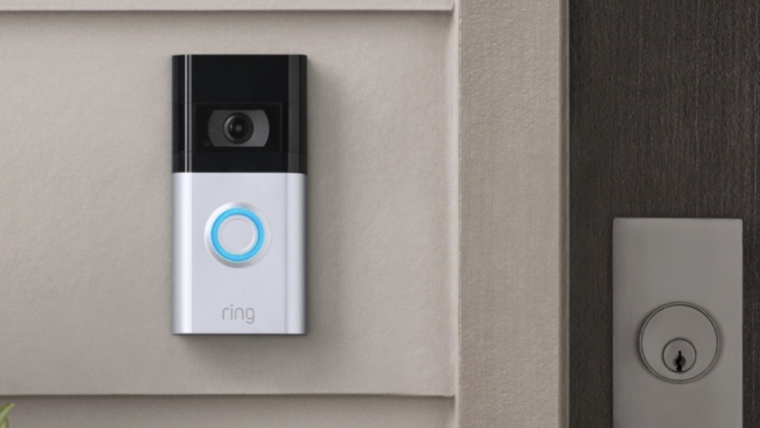
CyberLink Corp., an AI and facial recognition technologies company, has announced a strategic partnership with VIVOTEK, an IP surveillance solution provider, adding CyberLink’s FaceMe® AI facial recognition engine to VIVOTEK’s IP surveillance solutions.
CyberLink’s FaceMe AI Facial Recognition Engine will be integrated into VIVOTEK’s network cameras and back-end video management software, enabling security operators to receive accurate facial recognition alerts based on both blacklists and whitelists.
“The demand for facial recognition is booming, driven by the latest IoT and AIoT innovations, and enabling a wide array of scenarios across industries such as retail, security, home and public safety, banking and more,” said Dr. Jau Huang, CyberLink’s founder and CEO. “Each application is dependent on the performance of the cameras used to capture faces. CyberLink is pleased to partner with VIVOTEK, a world leader in surveillance cameras, and to integrate FaceMe® into VIVOTEK devices to provide accurate and reliable solutions to the market.”
“Founded in 2000, VIVOTEK has been dedicated to the IP surveillance industry for 20 years. Entering the era of AIoT, we will continue global partnerships to accelerate and enhance video applications by joining force with industry-leading analytic software providers,” said Owen Chen, Chairman of VIVOTEK. “By partnering with CyberLink, we are very pleased to see our partnership being elevated to a new chapter today, further enhancing our goal to provide advanced video value for users around the globe.”
Powered by deep learning and neural network algorithms, CyberLink FaceMe® is one of the most accurate AI facial recognition engines. In a recent Face Recognition Vendor Test (FRVT) conducted by the U.S. National Institute of Standards and Technology (NIST), CyberLink has ranked 12th among all participants in FRVT 1:1 (WILD 1E-4), confirming that FaceMe® is a world-leading facial recognition engine.
The NIST FRVT WILD 1E-4 dataset consists of faces extracted from surveillance camera footage or photos, encompassing a wide array of real-world situations including a range of capture angles, poor lighting, or partially covered faces. The image variability simulates real-world use cases where systems would be required to accurately identify individuals in multiple different settings.



